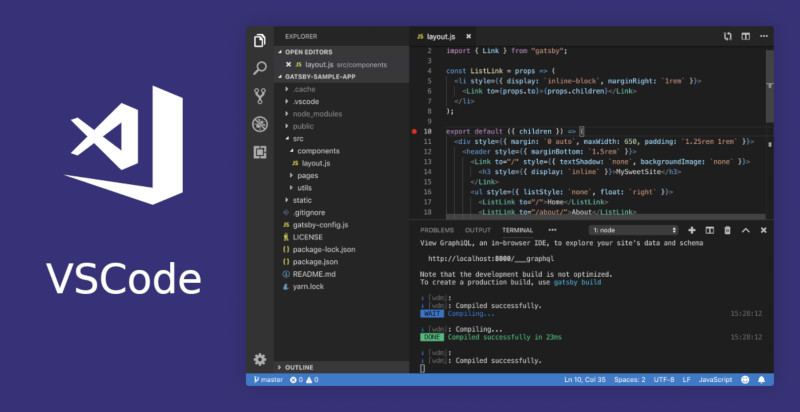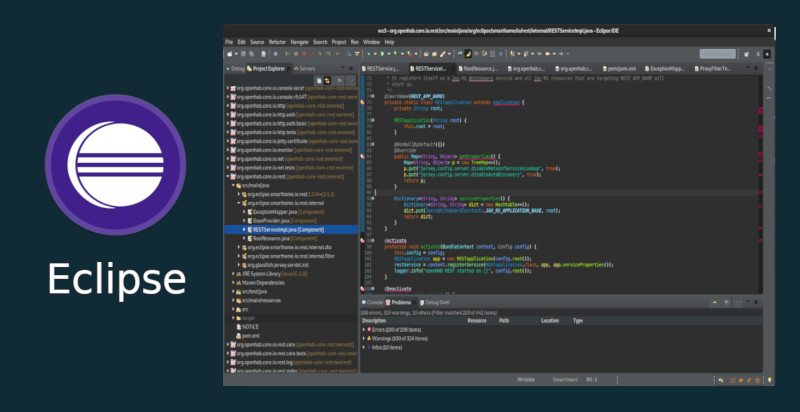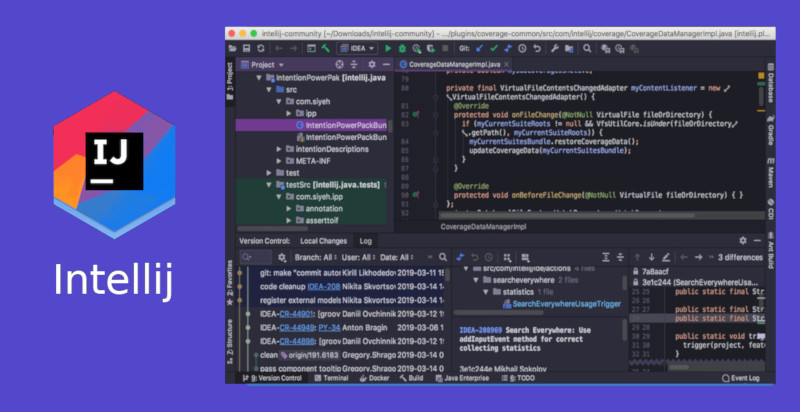This page is part of archived documentation for openHAB 2.5. Go to the current stable version
# Overview
A variety of different parts of openHAB can be extended, we go through all of them.
openHAB uses git (opens new window) as its version control system and GitHub (opens new window) for hosting the different repositories and source code. You will get in contact with git in many places and it makes sense to get familiar with its basic commands and concepts. There are many pages to learn about Git. Try git - the simple guide (opens new window) as a start.
Add-ons and the core itself are written in Java. Java is not hard to learn, but it helps if you have a general technical understanding of programming languages.
The different guides of this chapter assume that you are somewhat familiar with Java 8 and that you have a rough idea of Git's workflow (eg "checkout", "branches", "push").
# Choose the Right Concept
openHAB allows you to build up on the following concepts:
- Bindings: A binding connects to external services or devices,
- Automation engine module: A trigger, condition or action that can be used in automation rules (or scripts),
- Transformation / Profiles: Can be used to transform a Thing Channel value before it is assigned to an Item,
- an IO service: Exposes openHAB internals via a defined interface (for example the REST interface, HomeKit or Hue Emulation Service)
- a Persistence service: Persist item state updates and/or changes and allow them to be retrieved for specific points in time.
- Natural language processing skill: Executes something depending on the understood Intents and returns something back to the user,
- Audio sinks/sources: Extend where audio can be played on or implement audio sources.
- and many more (not covered yet).
Sometimes though it's just not worth writing a binding and you are better off just using an http action in a rule or script to retrieve some values.
Therefore: First think what you want to achieve! Check our community forum (opens new window) and discuss your concept.
Find the right abstraction and the corresponding link on the left navigation panel. General coding guidelines apply to all types of addon development.
# Setup the Development Environment
Development can happen on any of the supported operating systems (Windows, Mac OS, Linux).
Please ensure that you have the following prerequisites installed as well:
- Git (opens new window) For retrieving our source code and push changes back. On Windows: Must be available in %PATH%
- Maven 3.x (opens new window) Our buildsystem tool. On Windows: Must be available in %PATH%
- Java JDK 8, for example from Oracle Oracle JDK 8 (opens new window). On Windows: %JAVA% must be set.
You can use any IDE that is suitable for OSGi/Java development. We have prepared some step-by-step guides for the following IDEs:
Not sure what to choose?: openHAB maintainers use Eclipse IDE (opens new window).
# Develop a NEW binding
To start developing a new binding a script is available to generate the basis for your new binding. This script is specific for binding addons. Follow these steps to generate your binding:
From the command line in
openhab-addons/bundlesdirectory to create a skeleton of a new bindingmynewbindingrun:On Linux:
./create_openhab_binding_skeleton.sh MyNewBinding "<Author>" <GitHubUsername>On Windows:
create_openhab_binding_skeleton.cmd MyNewBinding "<Author>" <GitHubUsername>Use your full name for
<Author>.Accept with
Ywhen the skeleton configuration asks for it.From
openhab-addonsroot you can build only your binding with maven using the-ploption:mvn clean install -pl :org.openhab.binding.mynewbindingWhere
mynewbindingis the name of your new binding. Some additional maven options that may help:-U: Forces all dependencies to be downloaded again.-am: Builds all projects in openhab-addons your project dependends on.-o: Won't update any dependencies.-DskipChecks: Skips the static analysis checks-DskipTests: Skips the unit tests
To start your new binding it's a good practise to commit your code on a new git branch:
git checkout -b <mynewbranch>Open Eclipse or your favorite editor and import your new binding project
Now you can start developing your NEW binding. We're looking forward to your pull request!
In case the new binding has dependencies to other bundles/libraries see Adding Dependencies for more information.



